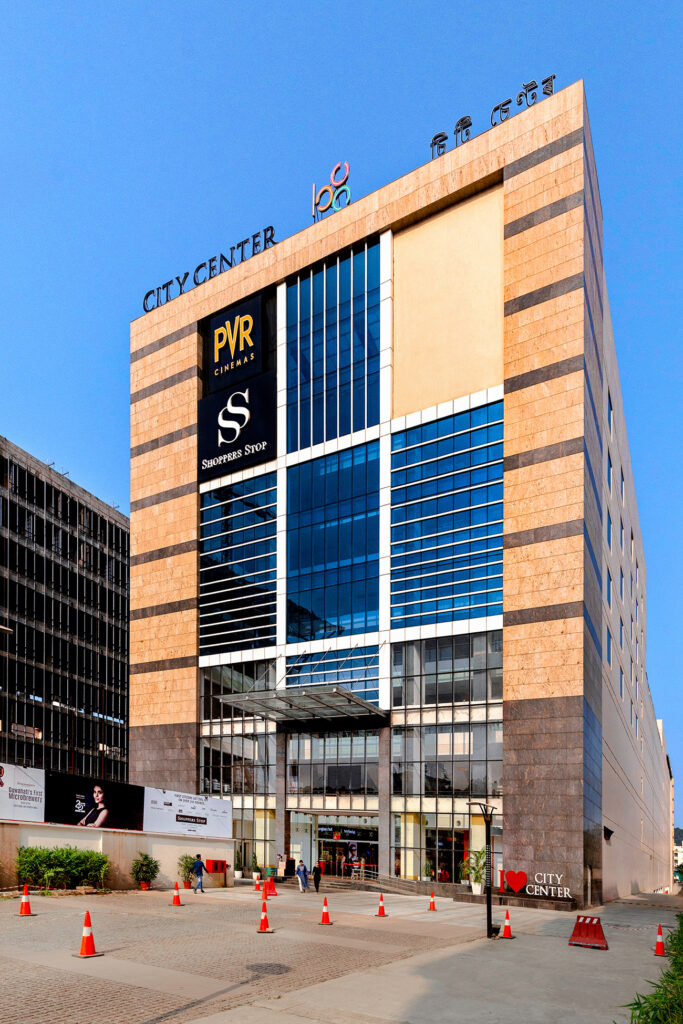An evident lack of footfall in major shopping malls/entertainment hubs has required a reformative approach to shift from the existing architectural designs and adopt a different approach for all future designs to ensure a consistent footfall in these spaces. Incorporating elements that can capture the attention of consumers while developing spaces which help in the development of mixed-use architectural designs are an essential requirement. These designs more appropriately can be called as lifestyle centres meet the different demand constraints and provide a more thoroughly enjoyable experience for all.
Retail/mixed-use architectural design need arose with the lack of interest from consumers in shopping malls and other hotspots/entertainment hubs and to tap into the growing luxury residential spaces, developers of these urban districts who were determined to leverage the increasing preference of consumers to have a multi-purpose design, rather than just a pre-specific commercial space that prohibits the entertainment factor of any design.
Retail/mixed-use architecture is the mixture of entertainment properties such as hospitality, shopping, along with the incorporation of commercial utilities such as banking, general, medical and others to name a few.
This transformation of existing designs and the reformative approach is helping create a zestful and lively design space in the middle of the modern urban center. Through this, they are solving the primary purpose of what the mixed-use architectural spaces are all about, rectifying the issues plaguing the modern world.
Design Forum International one of the best architecture firms in Delhi are pioneers of mixed-use architectural designs, with the firm contributing to the development of urban and socially integral designs throughout India. The firm has been commonly termed as one of the best mall architects in India, select citywalk architect and Delhi high court architects in the recent past, with their work representing the practice they have fostered through their unique organizational ethos.
